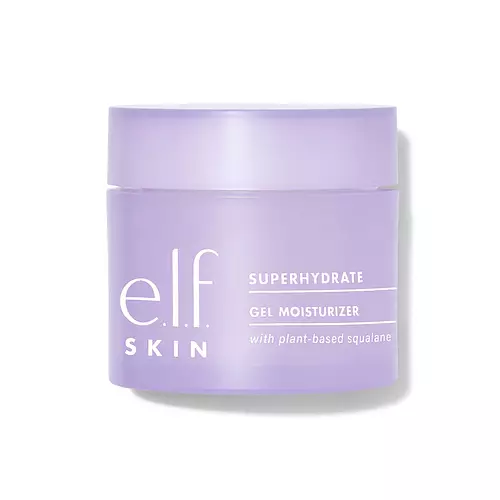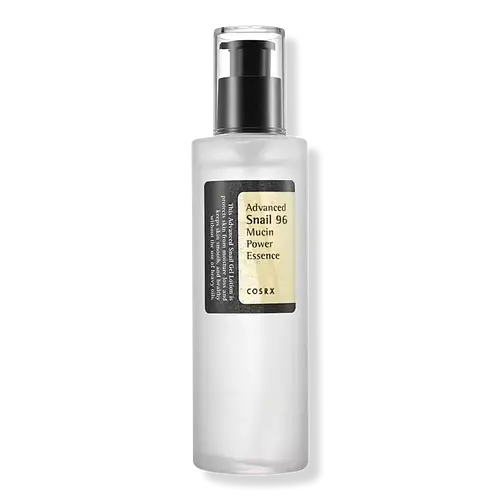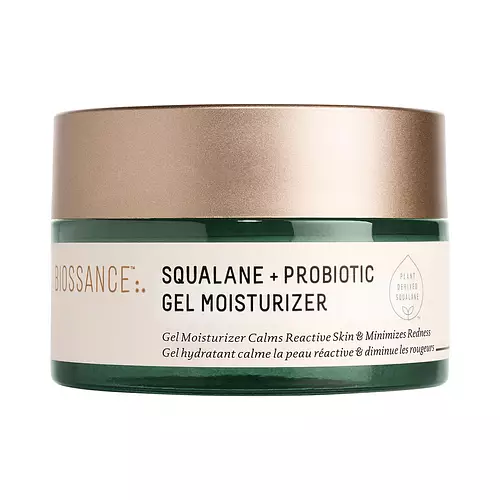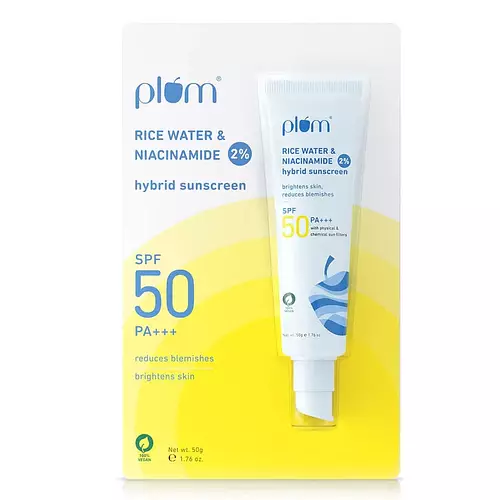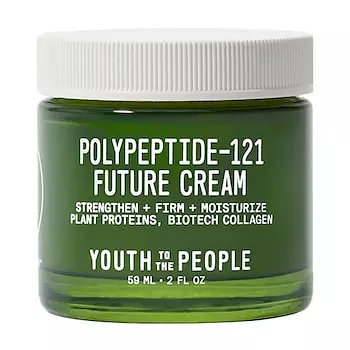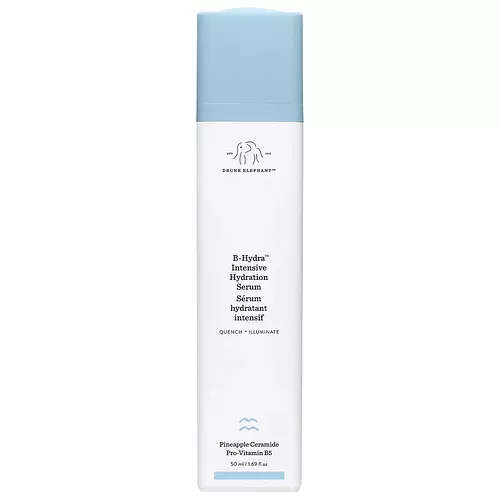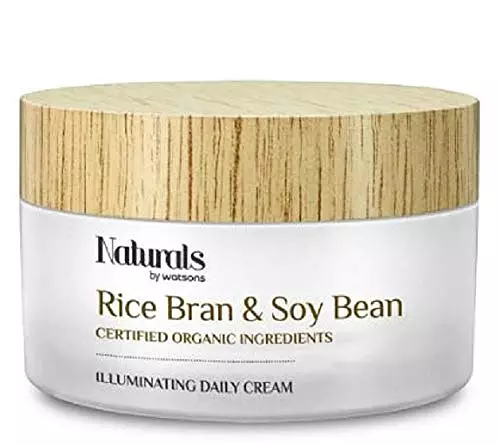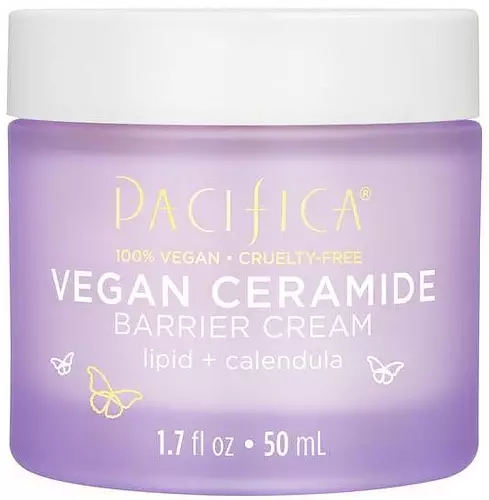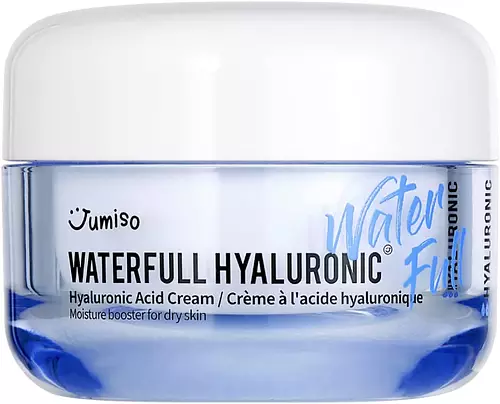Updated on October 29, 2023
Overview
What they are
These products are both reef safe general moisturizers. They have a total of 6 ingredients in common
Suited For
They're both likely to be good for dry skin, brightening skin, sensitive skin and scar healing
Free From
They both do not contain any harsh alcohols, common allergens, fragrances, oils, parabens or sulfates
What's Inside
They both contain silicones
We independently verify ingredients, and our claims are backed by peer-reviewed research. Spot a product that needs an update? Let us know.
Ingredient Info
e.l.f. cosmetics SuperHydrate Moisturizer 25 ingredients
Neutrogena Hydro Boost Water Gel 34 ingredients
At a glance
Click on any of the items below to learn more
e.l.f. cosmetics SuperHydrate Moisturizer 25 ingredients
Neutrogena Hydro Boost Water Gel 34 ingredients
Notable Ingredients
This product contains 2 ingredients that may have this attribute:
This product contains 1 ingredient that may have this attribute:
Benefits
This product contains 3 ingredients that may have this attribute:
This product contains 1 ingredient that may have this attribute:
This product contains 2 ingredients that may have this attribute:
This product contains 1 ingredient that may have this attribute:
This product contains 1 ingredient that may have this attribute:
This product contains 1 ingredient that may have this attribute:
This product contains 1 ingredient that may have this attribute:
This product contains 1 ingredient that may have this attribute:
This product contains 1 ingredient that may have this attribute:
This product contains 4 ingredients that may have this attribute:
Concerns
This product contains 1 ingredient that may have this attribute:
This product contains 1 ingredient that may have this attribute:
This product contains 1 ingredient that may have this attribute:
This product contains 1 ingredient that may have this attribute:
Benefits
This product contains 4 ingredients that may have this attribute:
This product contains 1 ingredient that may have this attribute:
This product contains 1 ingredient that may have this attribute:
This product contains 1 ingredient that may have this attribute:
Concerns
This product contains 1 ingredient that may have this attribute:
This product contains 1 ingredient that may have this attribute:
This product contains 2 ingredients that may have this attribute:
This product contains 1 ingredient that may have this attribute:
Ingredients Side-by-side
Ingredients Explained
These ingredients are found in both products.
Ingredients higher up in an ingredient list are typically present in a larger amount.
Water. It's the most common cosmetic ingredient of all. You'll usually see it at the top of ingredient lists, meaning that it makes up the largest part of the product.
So why is it so popular? Water most often acts as a solvent - this means that it helps dissolve other ingredients into the formulation.
You'll also recognize water as that liquid we all need to stay alive. Talk about multi-purpose! If you see this, drink a glass of water. Stay hydrated!
Learn more about WaterGlycerin is already naturally found in your skin. It helps moisturize and protect your skin.
A study from 2016 found glycerin to be more effective as a humectant than AHAs and hyaluronic acid.
As a humectant, it helps the skin stay hydrated by pulling moisture to your skin. The low molecular weight of glycerin allows it to pull moisture into the deeper layers of your skin.
Hydrated skin improves your skin barrier; Your skin barrier helps protect against irritants and bacteria.
Glycerin has also been found to have antimicrobial and antiviral properties. Due to these properties, glycerin is often used in wound and burn treatments.
In cosmetics, glycerin is usually derived from plants such as soybean or palm. However, it can also be sourced from animals, such as tallow or animal fat.
This ingredient is organic, colorless, odorless, and non-toxic.
Glycerin is the name for this ingredient in American English. British English uses Glycerol/Glycerine.
Learn more about GlycerinDimethicone is a silicone used for making products smooth and silky. It also has the added benefit of sealing in hydration. The amount of dimethicone found in beauty products is considered safe and non-comedogenic, meaning it won't clog pores.
Dimethicone has been found increase absorption in skin, boosting the benefits of other ingredients. While there is concern for the safety of dimethicone, the levels used in skincare are safe for use.
Trehalose is a disaccharide made of two glucose molecules (glucose is sugar!). Trehalose is used to help moisturize skin. It also has antioxidant properties.
As a humectant, trehalose helps draw moisture from the air to your skin. This helps keep your skin hydrated.
Due to its antioxidant properties, trehalose may help with signs of aging. Antioxidants help fight free-radical molecules, unstable molecules that may damage your skin.
In medicine, trehalose and hyaluronic acid are used to help treat dry eyes.
Some animals, plants, and bacteria create trehalose as a source of energy to survive freeze or lack of water.
Learn more about TrehaloseChances are, you eat sodium chloride every day. Sodium Chloride is also known as table salt.
This ingredient has many purposes in skincare: thickener, emulsifier, and exfoliator.
You'll most likely find this ingredient in cleansers where it is used to create a gel-like texture. As an emulsifier, it also prevents ingredients from separating.
There is much debate on whether this ingredient is comedogenic. The short answer - comedogenic ratings don't tell the whole story. Learn more about comegodenic ratings here.
The concensus about this ingredient causing acne seems to be divided. Research is needed to understand if this ingredient does cause acne.
Scrubs may use salt as the primary exfoliating ingredient.
Learn more about Sodium ChlorideEthylhexylglycerin (we can't pronounce this either) is commonly used as a preservative and skin softener. It is derived from glyceryl.
You might see Ethylhexylglycerin often paired with other preservatives such as phenoxyethanol. Ethylhexylglycerin has been found to increase the effectiveness of these other preservatives.
Ingredient Ratings
Here's what our community thinks of the ingredients in these two products.
When to use
e.l.f. cosmetics SuperHydrate Moisturizer 25 ingredients
Neutrogena Hydro Boost Water Gel 34 ingredients


Reviews
Here's what our community thinks
e.l.f. cosmetics SuperHydrate Moisturizer 25 ingredients
em223
now that i know it’s getting discontinued i know i took it for granted!! amazing and always worked well for me, good price too!
CaroleD
Very nice jelly moisturizer.
I greatly prefer gels to creams since I’m quite oily.
The price is incredible, minimum half the price of...
Very nice jelly moisturizer.
I greatly prefer gels to creams since I’m quite oily.
The price is incredible, minimum half the price of anything else.
Dry skin would likely find this not moisturizing enough but I feel like it’s an excellent product for oily people.
It does feel a bit sticky if you apply too much, apply to damp skin helps.
Neutrogena Hydro Boost Water Gel 34 ingredients
BaiFengxi
I got this because it was one of the products I used two years ago that moisturized my skin without making me oily. However, they came out with a...
I got this because it was one of the products I used two years ago that moisturized my skin without making me oily. However, they came out with a new formula earlier this year. I decided to try it anyways and right off the bat I could tell it was different. The old formula was unscented. I'm sensitive to scents, and the new one smells like strong herbal shampoo. I put it on and it stung a little. I don't have a damaged barrier and none of the new products I've tried have burned at all. This one stung a little. So I ended up just washing it all off. I did not like this product. Just note the dates on the other reviews. If they are earlier than January 2024, be aware that Neutrogena discontinued that formula and the came out with the new one, which is what I talked about in this review.
jeanpaul2301
Great mosturizer!
Tried this out of curiosity with my mom, both of us were pleased with our results. She has normal to dry skin and I have combo...
Great mosturizer!
Tried this out of curiosity with my mom, both of us were pleased with our results. She has normal to dry skin and I have combo skin with fungal acne. She uses this everyday as soon as she gets out of the shower; without it her skin would feel dry as a desert. In my case, I put this on after using the Cetaphil daily facial cleanser. I know this product isn't fungal acne safe but I have combo skin, so I put it on the areas of my face that instead of having fungal acne, are kind of dry (mostly my cheeks, nose and neck). This moisturizer makes my skin feel refreshed, hydrated and healthy. It definitely has fragrance, but It's nice and light. I won't give it 5 stars just because it isn't fungal acne safe:)
